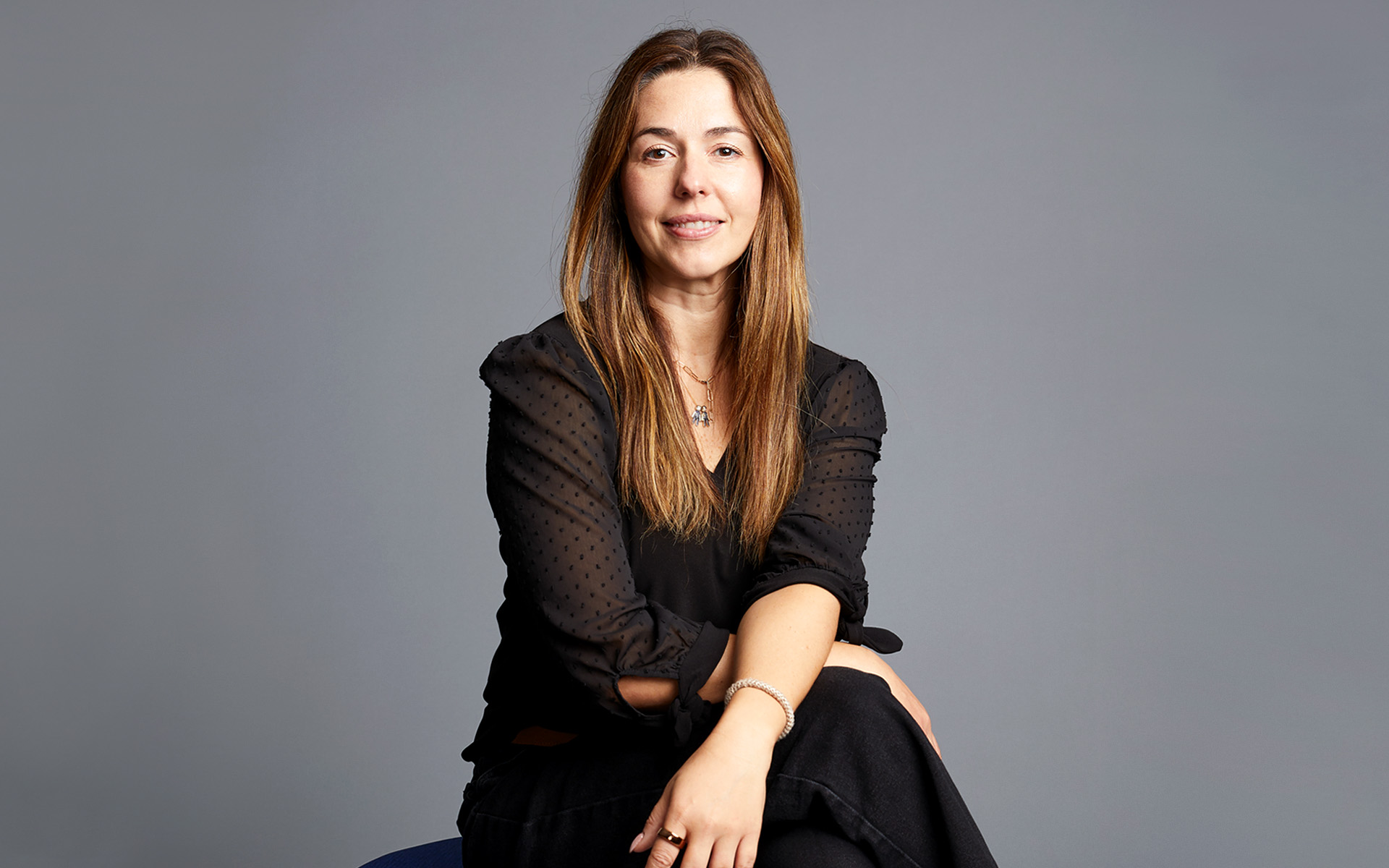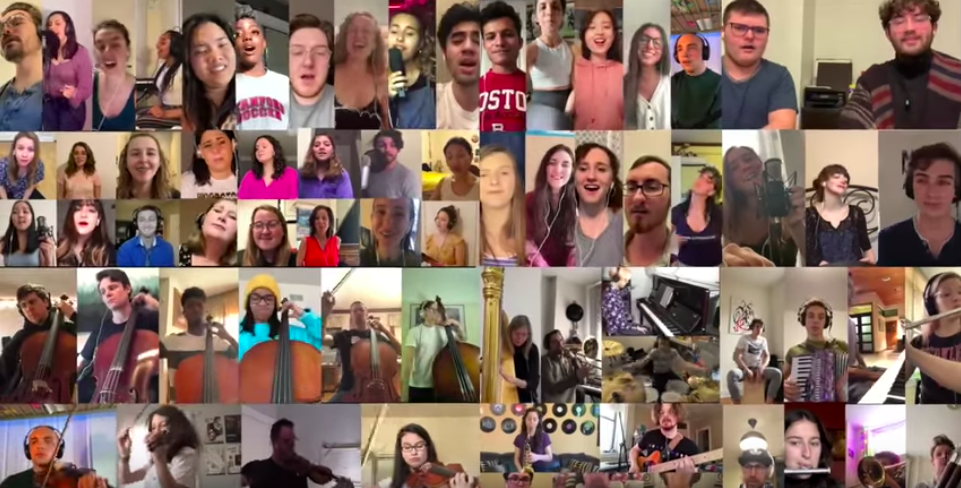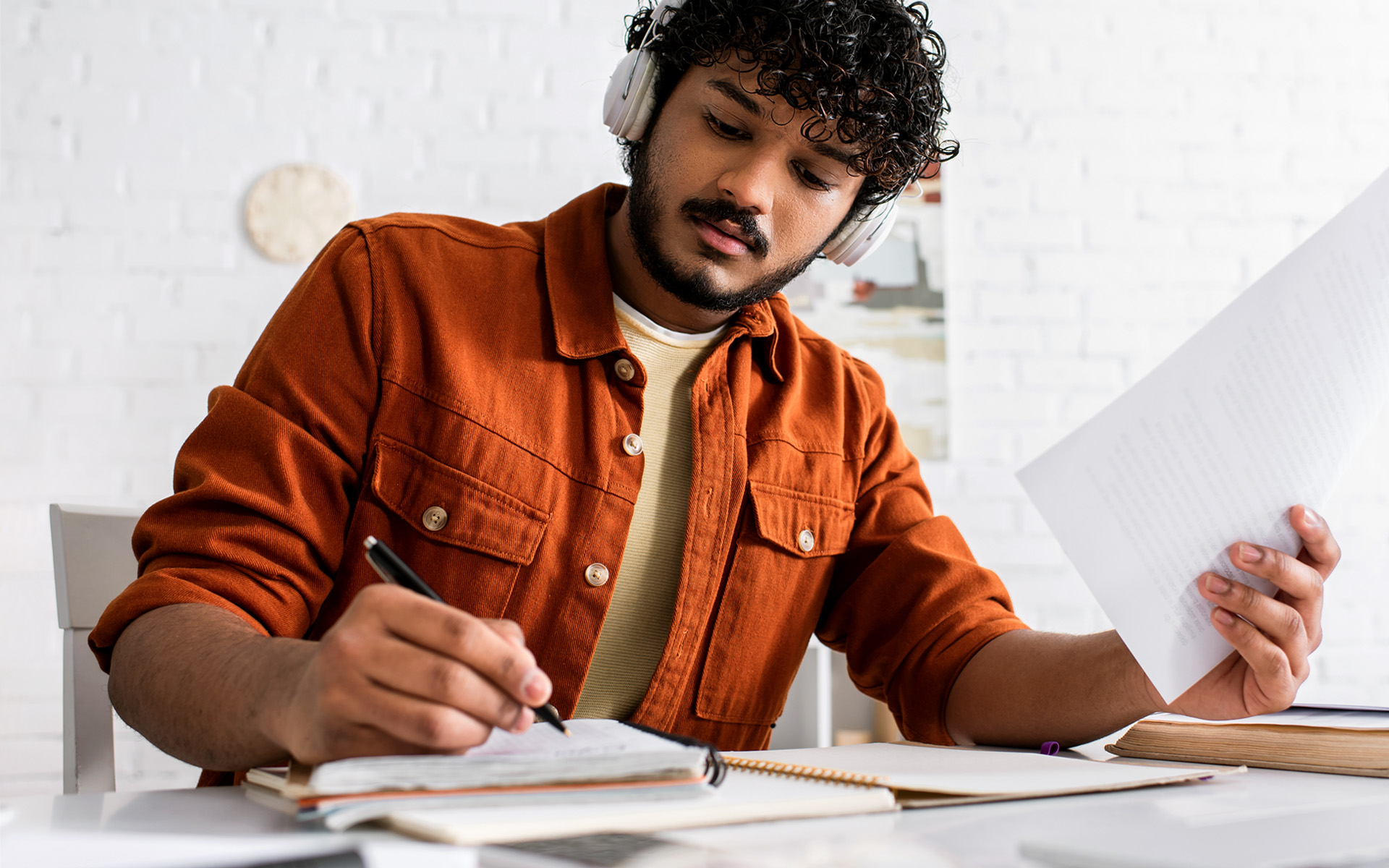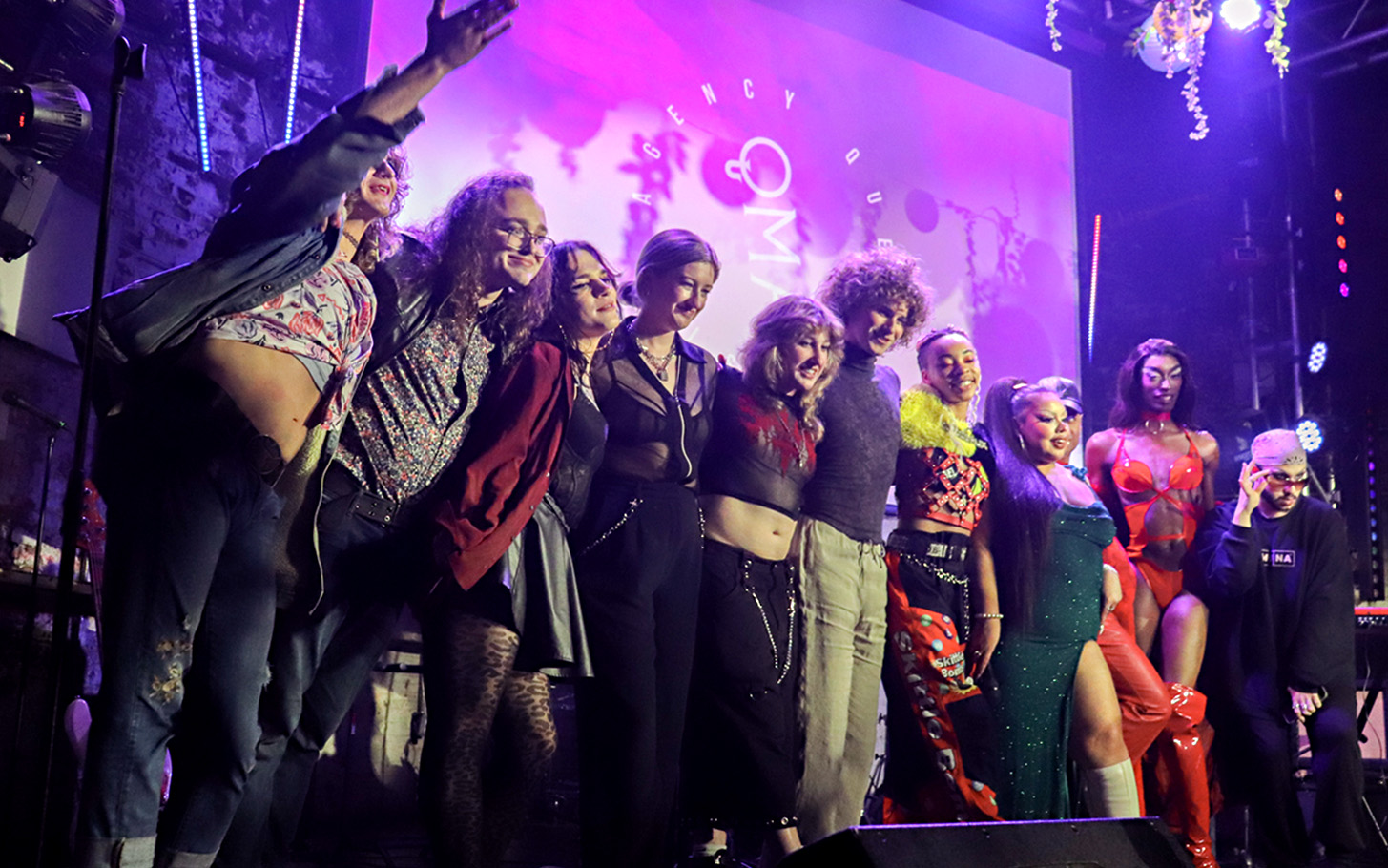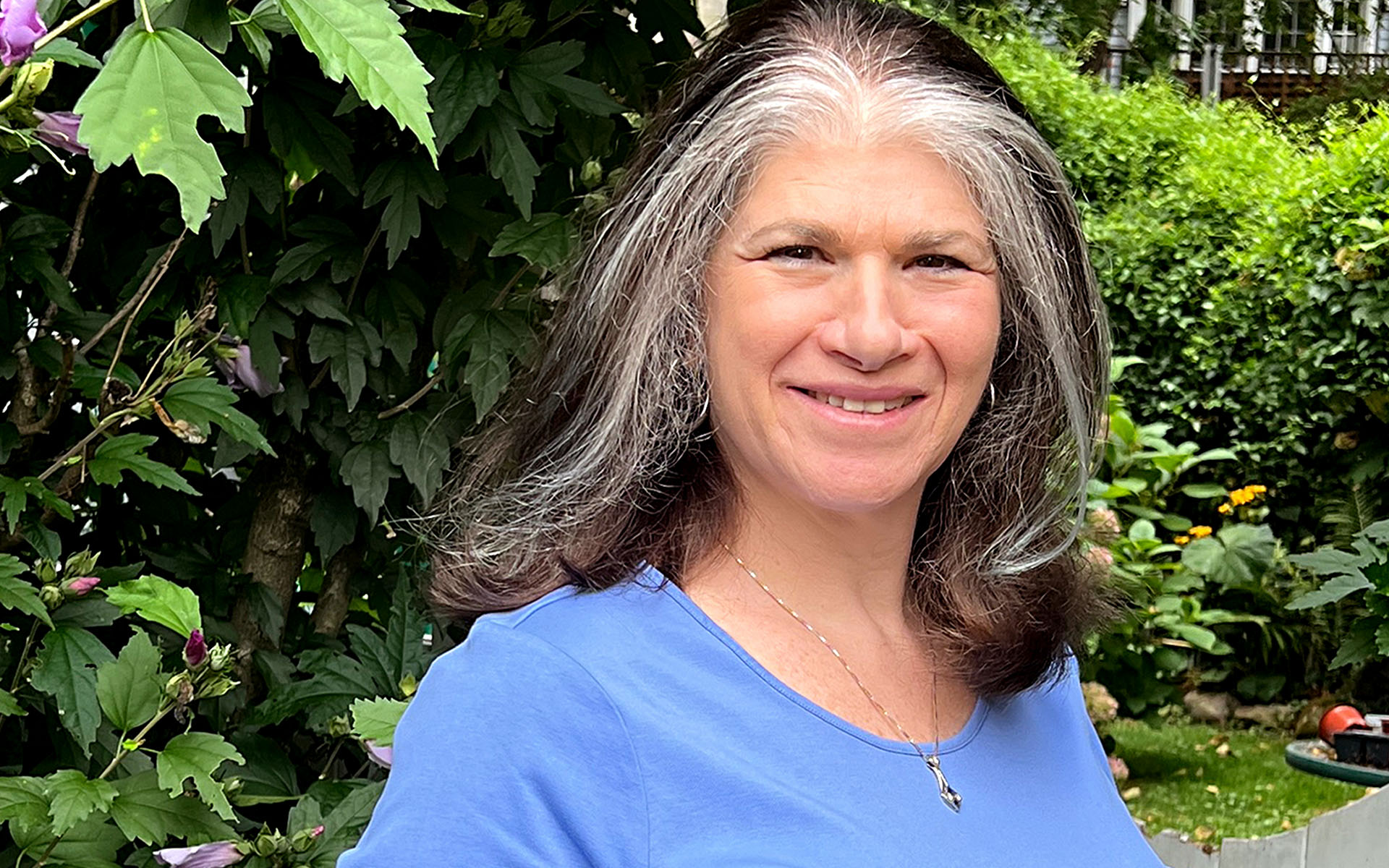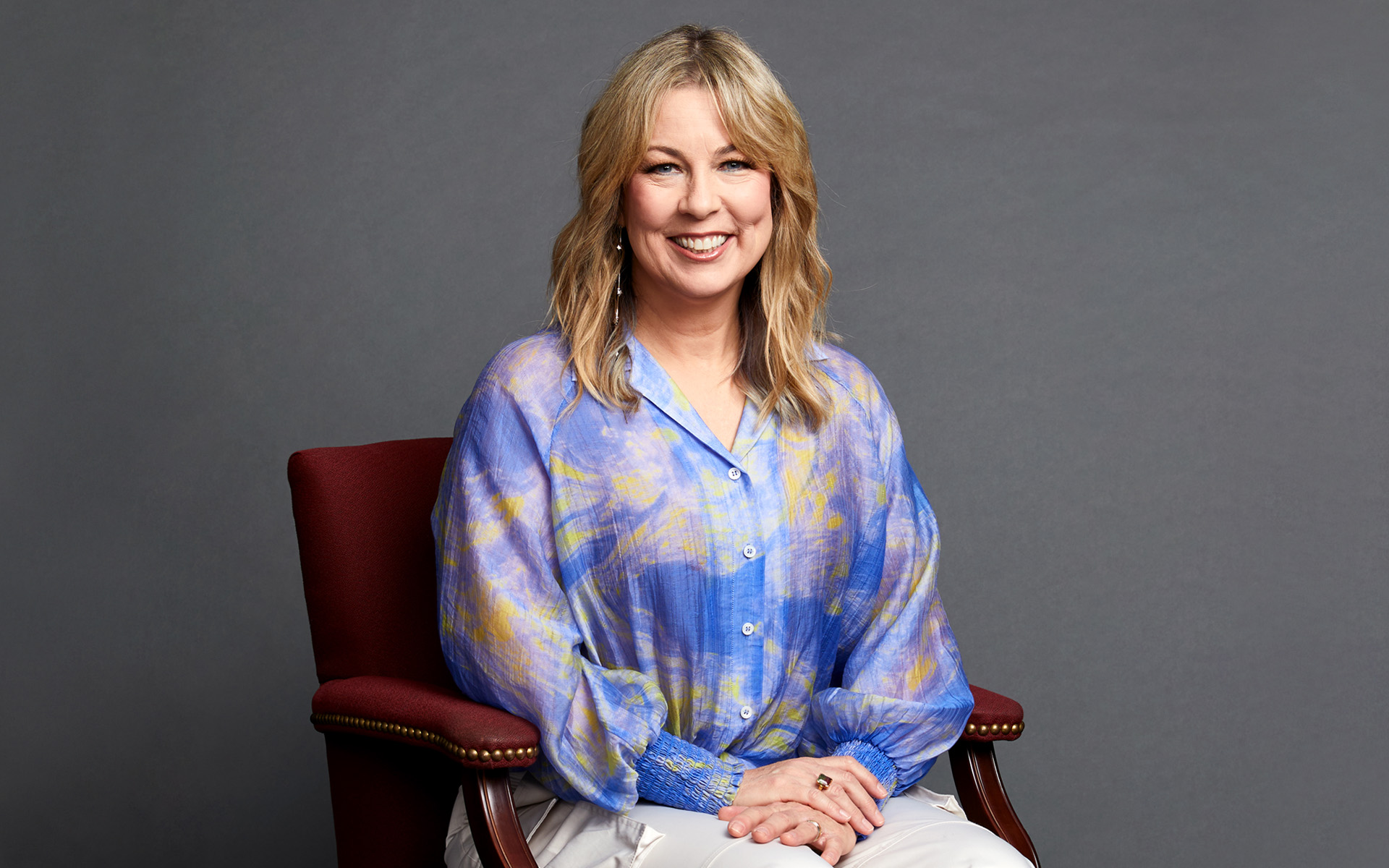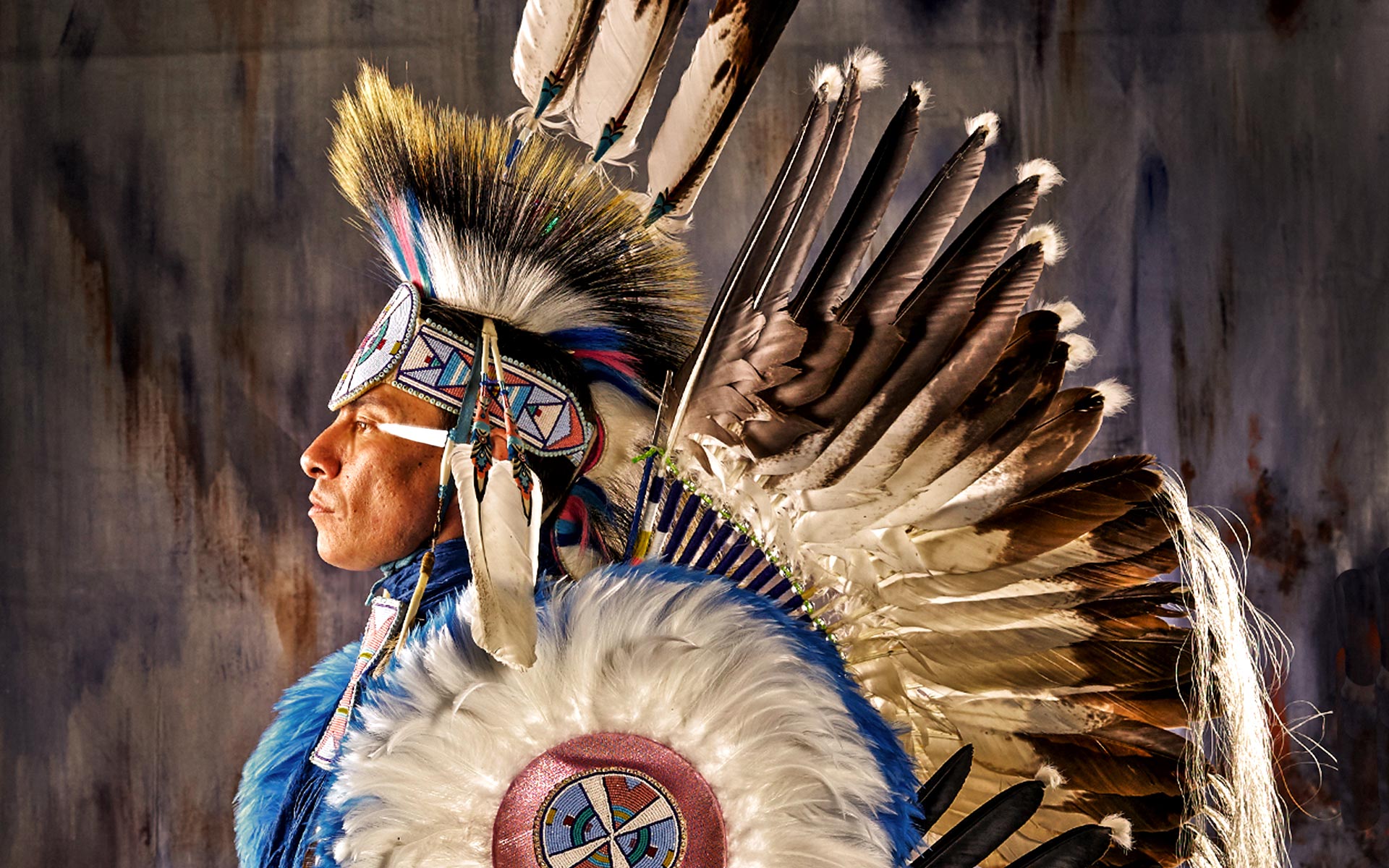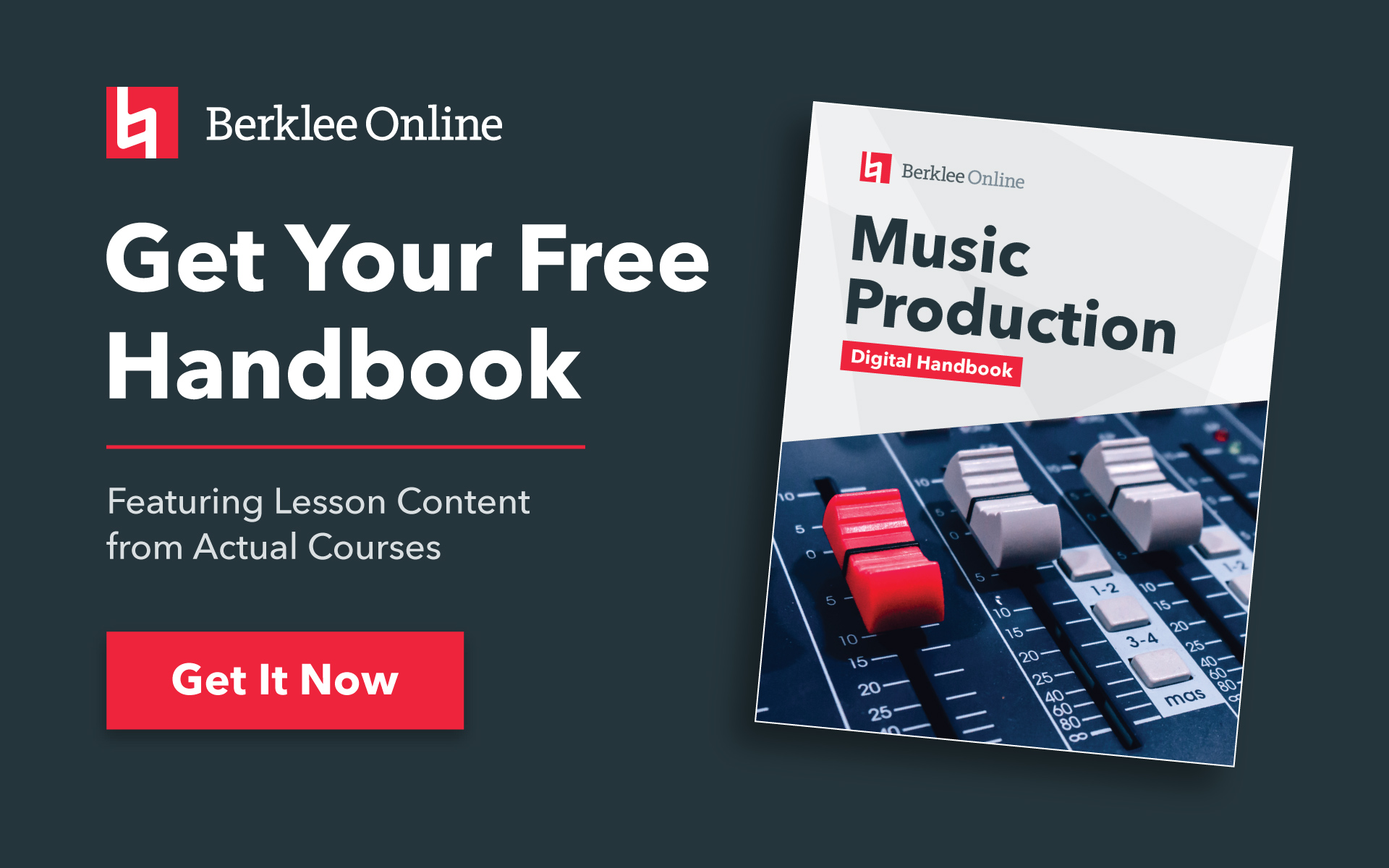On the plane ride home from Boston to Florida, Shelbie Rassler began to come to terms with the wrench that the coronavirus pandemic had thrown into her life. As a senior composition student at the Boston Conservatory at Berklee, major life events were under threat of being postponed or canceled altogether: her graduation, senior recital, and the Cannes Film Festival, which she was supposed to attend for a film that she scored. Rassler, along with her peers, were all dealing with disappointment and uncertainty of a global pandemic, when suddenly an idea occurred to her: what better way to cope than through music? She shares exactly what she did next, and how she did it.
“My friends and I were all quite devastated about everything that we had worked for,” she says. “I just wanted to figure out a way to keep the community together and figure out something that can create a collaboration for all of us, even though we weren’t able to be in the same place at the same time.”
Rassler rallied 75 of her Boston Conservatory cohorts to create a virtual orchestration of the Burt Bacharach/Hal David classic, “What the World Needs Now.” To date, her video has racked up more than 1.2 million views on YouTube and circulated major news outlets. She says her main goal was to provide inspiration for people around the world who are struggling.
“I’m just really happy that it is giving people some optimism and some positivity,” she says. “The fact that it can be even just a little distraction from what’s going on in the world for four minutes, that’s all I could ask for.”
Shelbie Rassler, a senior composition major at the Boston Conservatory at Berklee and a Berklee Online student, created a video collaboration of the Burt Bacharach/Hal David classic “What the World Needs Now” with 75 conservatory peers. To date, the video has more than 1.2 million views.
Rassler took her first Berklee Online course during her senior year of high school and is currently taking the Developing Your Artistry course. She’s no stranger to online learning and is happy to share how she made her virtual orchestra happen.
Assembling Her Virtual Orchestra
By the time her flight landed, Rassler had a game plan for making her vision a reality. Through a Facebook post, she called upon her musical friends to help her create a virtual orchestra of “What the World Needs Now,” inspired by the Broadway for Orlando version featuring Sara Bareilles, Idina Menzel, Carole King, and more. Rassler, who was moved by this version, had arranged the song before for a cabaret performance at the Boston Conservatory in 2019.
Rassler’s arrangement of “What the World Needs Now” was inspired by the Broadway for Orlando version, honoring the victims of the Pulse Nightclub mass shooting.
“I just love that song and I think that the message is so perfect for what we’re all going through right now,” she says.
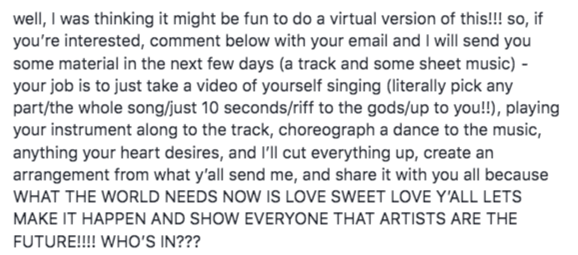
Her Facebook post resulted in more than 100 comments with eager friends willing to lend their vocals and instruments. Rassler said the organization on the front end was really important to the success of the video, as well as making sure the instructions were as clear as possible.
“Every single second of music and every single note beat per minute counts,” she says. “So if someone is wanting to do something like this in terms of music in the video, I would say just make sure that all of the people involved know exactly how you want it to be put together and exactly how you want the video done and how you want them to record it.”
Arranging and Recording
Once she knew what instruments and voice parts she was working with, Rassler wrote an arrangement and sent out the sheet music to her players along with a mini mockup with a very loud click track to set the tempo. She asked everyone to wear headphones so that they could listen along to the track while they performed and so the click was not audible in the recording. As a multi-instrumentalist, she also made mockup tracks of other instruments.
“I made just a piano track and just vocal tracks so all of the bases were covered if anyone needed more specific things to help them learn their parts,” she says. “So I sent all of that out and made sure that everyone understood that it had to be one full take of everything happening so that it was all in sync.”
STUDY ARRANGING WITH BERKLEE ONLINE
Putting It All Together
Once Rassler collected all of the recordings within a couple of days, she used Logic Pro X to edit the sound and Final Cut Pro to edit the video. Then she sent it along to her friend at Berklee, Ben Santiago, who did the final mixing in Pro Tools. As it turns out, this is not the first time Rassler has made these kinds of videos with multiple parts. Her YouTube channel is full of these split screen videos dating back to her middle school years. The only difference is that in the past she has played and sang all of the parts by herself.
“I honestly have been using Logic ever since I can remember,” she says. “I am a multi-instrumentalist so I like to make these videos where I play a bunch of different instruments and sync everything up. When I do it myself, it’s obviously a very different process. I actually play up to seven or eight instruments at a time. But with 75 people, it’s a lot to keep track of. It’s hard to edit everything and sync it all up.”
LEARN LOGIC PRO X WITH BERKLEE ONLINE
Rassler performing all the instruments in her 2013 arrangement of “Everybody Talks” by Neon Trees in a similar split screen style to her “What the World Needs Now” video.
Since Rassler posted the video on her YouTube channel on March 14, it has been shared by Good Morning America, NPR, The New York Times, and many more news outlets. Her advice to people who are home right now is to get creative and adapt so you can still do the things you love to do.
“I would just encourage people to not let these scary and challenging times stop them from doing things that they would normally do,” she says. “The reason I created this was because I wanted to play music with my friends, like I do every single day in Boston.”

